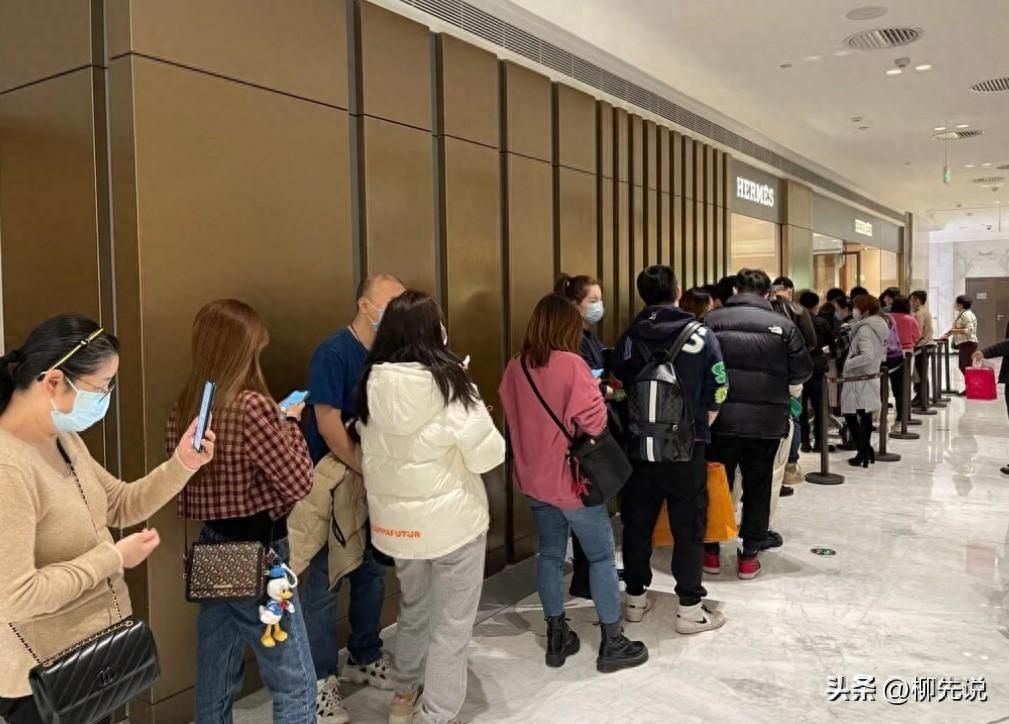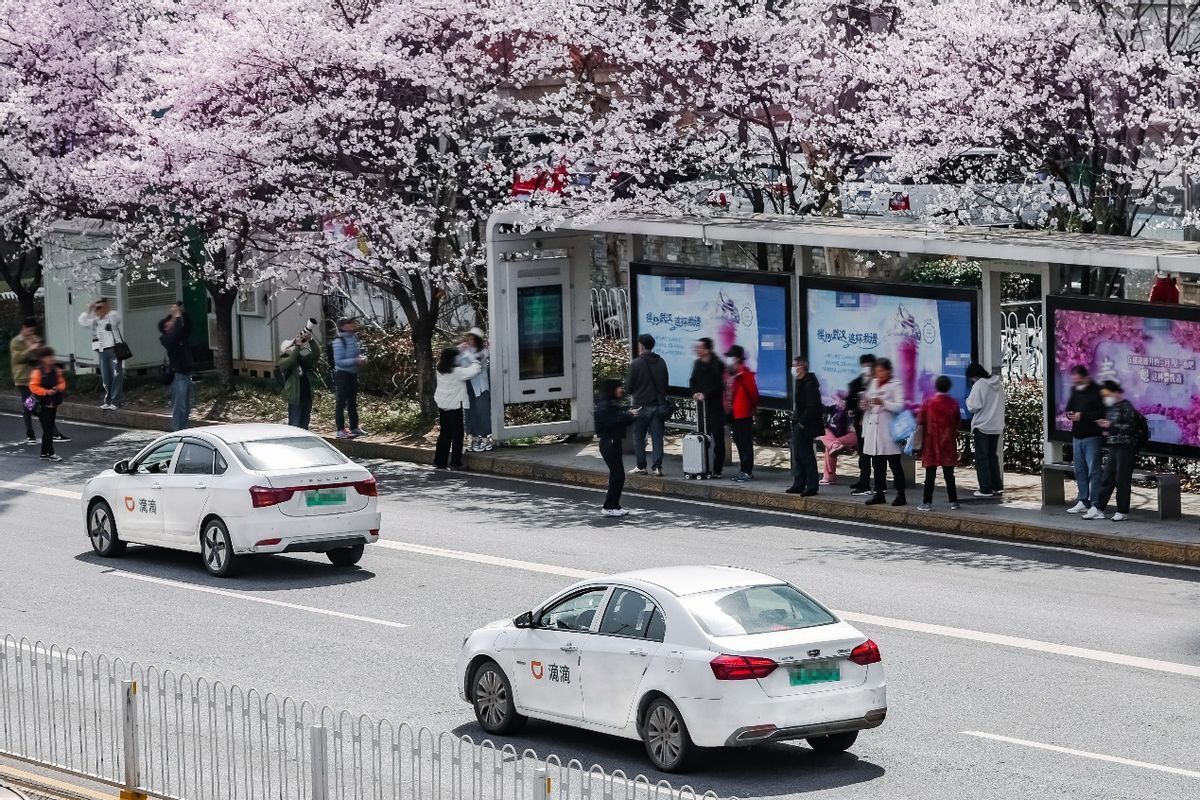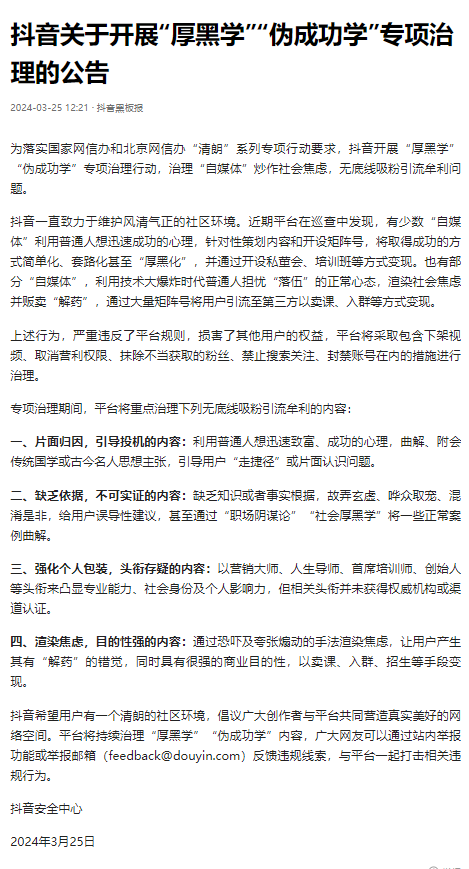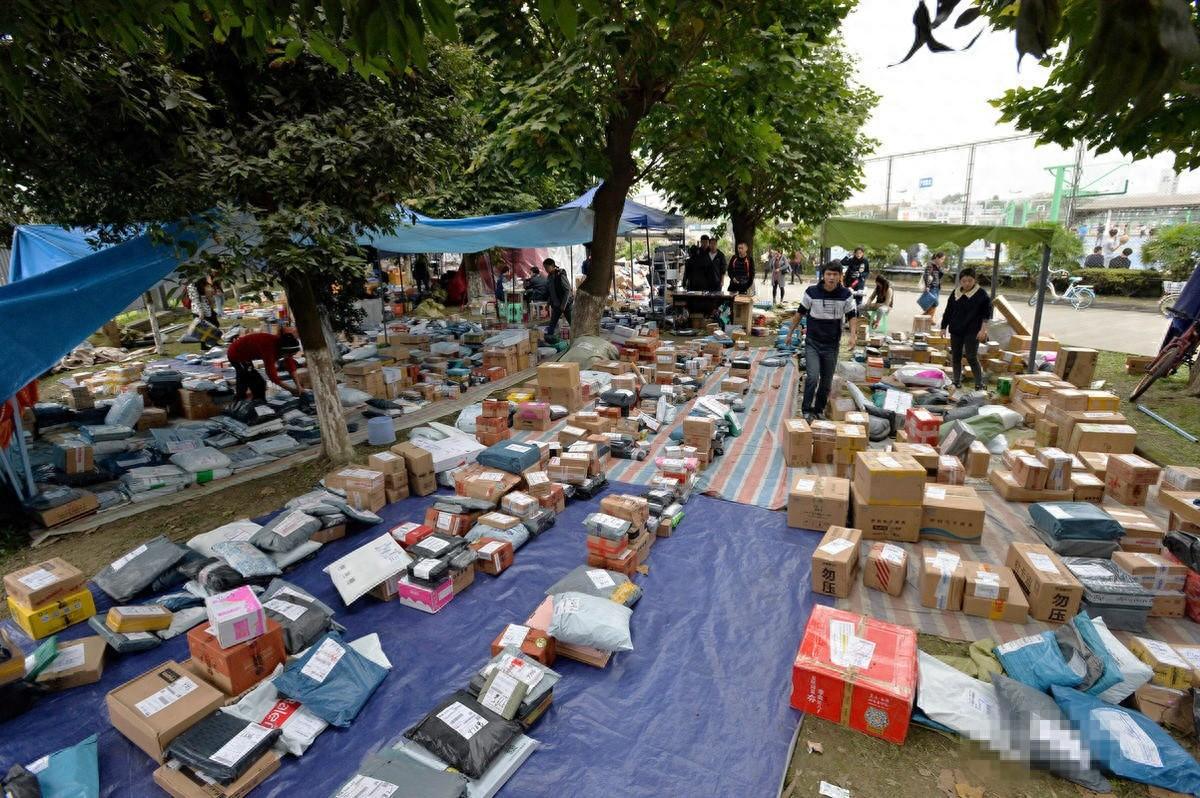Physical Retail's Resurgence: Rise of Malls with Annual Sales Exceeding 200 Billion Yuan

The past year has witnessed a remarkable resurgence of the physical retail industry in China. After being overshadowed by the rapid growth of e-commerce, brick-and-mortar stores have not only survived but have found new life through innovative retail models that seamlessly integrate online and offline channels.


Transformation of Physical Retail Amidst E-commerce Disruption
A few years ago, e-commerce platforms emerged as formidable competitors to physical retail with their convenience, vast product selections, and competitive pricing. However, in recent years, the growth of e-commerce has stabilized, and consumers are increasingly seeking personalized, high-quality, and experiential shopping experiences. This shift has driven the convergence of online and offline retail, with physical stores leveraging digital technologies and employing innovative strategies like short-form videos and live-streaming to attract consumers and drive sales.
Evolving Consumer Behavior
Consumer shopping habits have undergone significant changes. It has become common for consumers to book group discounts, purchase brand coupons, and buy tickets to themed events through mobile applications. Physical stores are no longer merely places for transactions but have transformed into comprehensive lifestyle destinations that combine shopping, entertainment, culture, and social interactions.
Malls with Annual Sales Over 200 Billion Yuan
In response to the changing consumer landscape, shopping malls and retail centers across China have actively invested in renovations and upgrades. Three malls that have set the benchmark with annual sales exceeding 200 billion yuan are Beijing SKP, Nanjing Deji Plaza, and Shanghai Global Harbor. These malls not only boast an impressive array of brands and high-quality products but have also enhanced customer experiences by hosting film screenings, art exhibitions, and themed festivals, transforming shopping into a multi-sensory experience that encompasses emotions, aesthetics, and lifestyle aspirations.
Beijing SKP: Unparalleled Luxury and Experience
As a global icon in the luxury goods market, Beijing SKP has established itself as a leader with its sophisticated positioning and exceptional service. Beyond its curated selection of top-tier brands, SKP has created an immersive shopping environment that rivals museums, hosting fashion shows and art exhibitions that cater to consumers' desire for both material and cultural enrichment.
Nanjing Deji Plaza: Local Roots and Artistic Flair
Nanjing Deji Plaza has adopted a localized strategy, carefully crafting a shopping environment that resonates with the city's cultural heritage and contemporary aesthetics. Through collaborations with local cultural institutions and creative industries, the mall seamlessly blends fashion and art, offering high-caliber events in painting, music, and sculpture that have attracted affluent consumers in Nanjing and beyond.
Shanghai Global Harbor: International Vision and Cross-Industry Collaboration
Shanghai Global Harbor stands out with its international perspective and ability to integrate diverse industries. It has introduced numerous global flagship stores and sought-after brands, creating a highly differentiated shopping experience. The mall's wide range of entertainment, dining, and educational offerings attracts a large and diverse customer base.
Adapting to Challenges and Thriving
Analysts believe that the Chinese physical retail sector has weathered the challenges posed by e-commerce by embracing technological innovation, enhancing service experiences, implementing diverse marketing initiatives, and seamlessly integrating online and offline channels. By redefining the concept of luxury retail and catering to consumers' emotional, personalized, and diverse needs, physical stores are regaining their relevance and driving renewed growth in the industry.
The convergence of physical retail and e-commerce, combined with the rising demand for experiential shopping, is expected to fuel further transformation and growth in China's retail sector. The synergistic relationship between these channels will contribute to the nation's economic vitality and create exciting new opportunities for consumers.
Disclaimer: The content of this article is sourced from the internet. The copyright of the text, images, and other materials belongs to the original author. The platform reprints the materials for the purpose of conveying more information. The content of the article is for reference and learning only, and should not be used for commercial purposes. If it infringes on your legitimate rights and interests, please contact us promptly and we will handle it as soon as possible! We respect copyright and are committed to protecting it. Thank you for sharing.(Email:[email protected])













